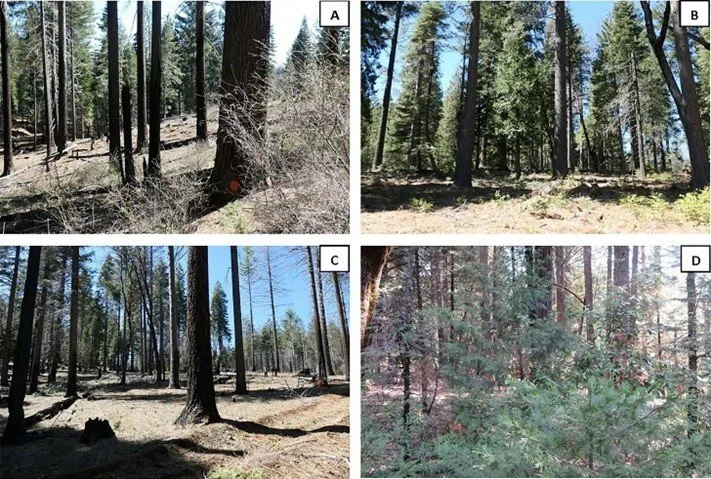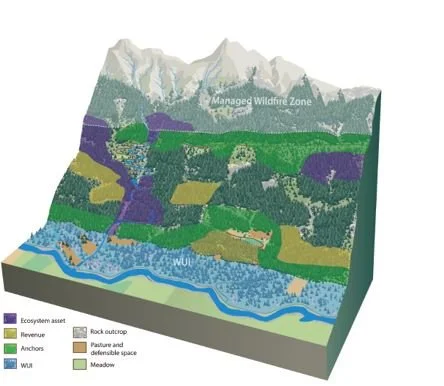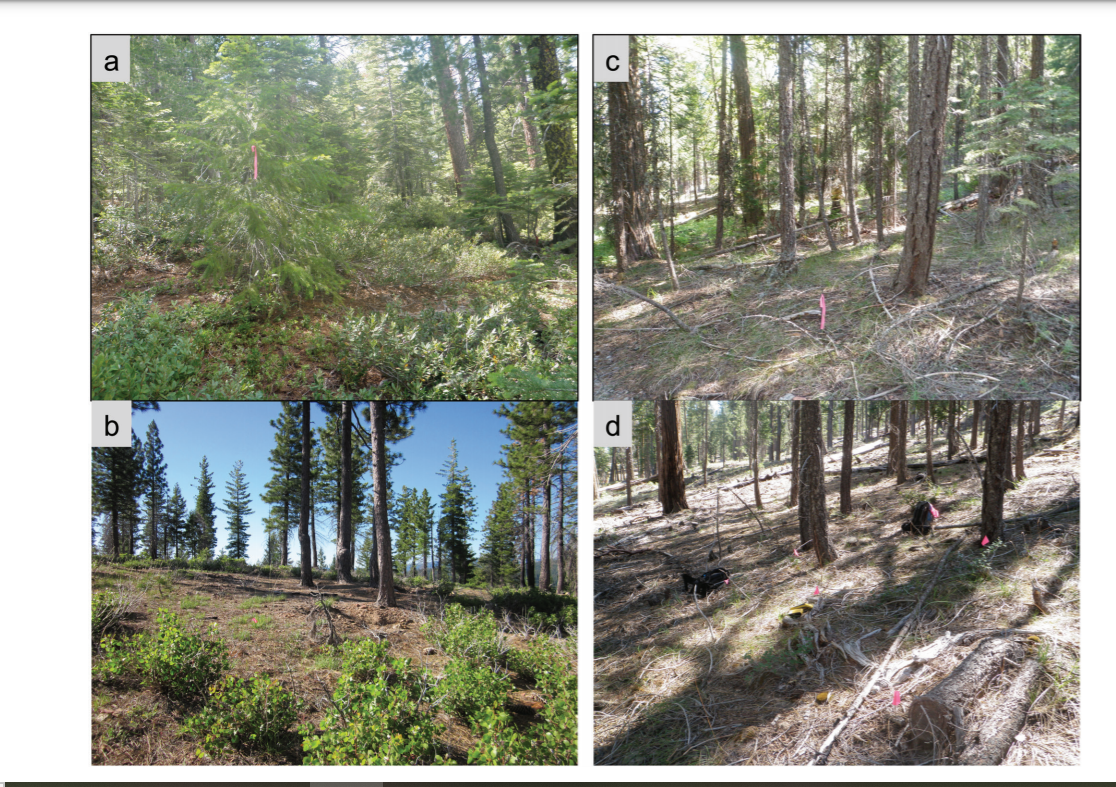Fuel Management Approaches in Desert Wetlands
/In the Mojave Desert wetlands of Las Vegas, Nevada, a two-year study across 24 sites evaluated the outcomes of different management strategies for hazardous fuel reduction of the invasive common reed (Phragmites australis) and increasing native plant diversity. The study suggests that coupling active revegetation of native species with maintenance management activities to keep reed cover low could be a next research step in identifying long-term strategies for converting reed monocultures to more diverse native, less-fire-prone communities in desert wetlands.
View Article (Open Access)
Read More






















